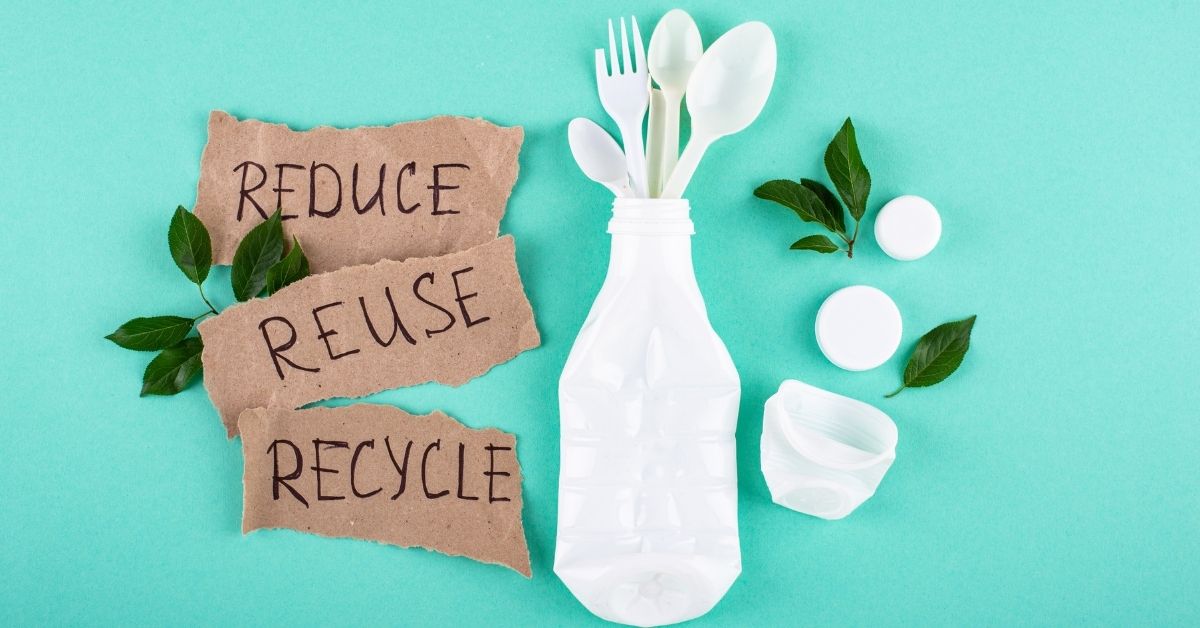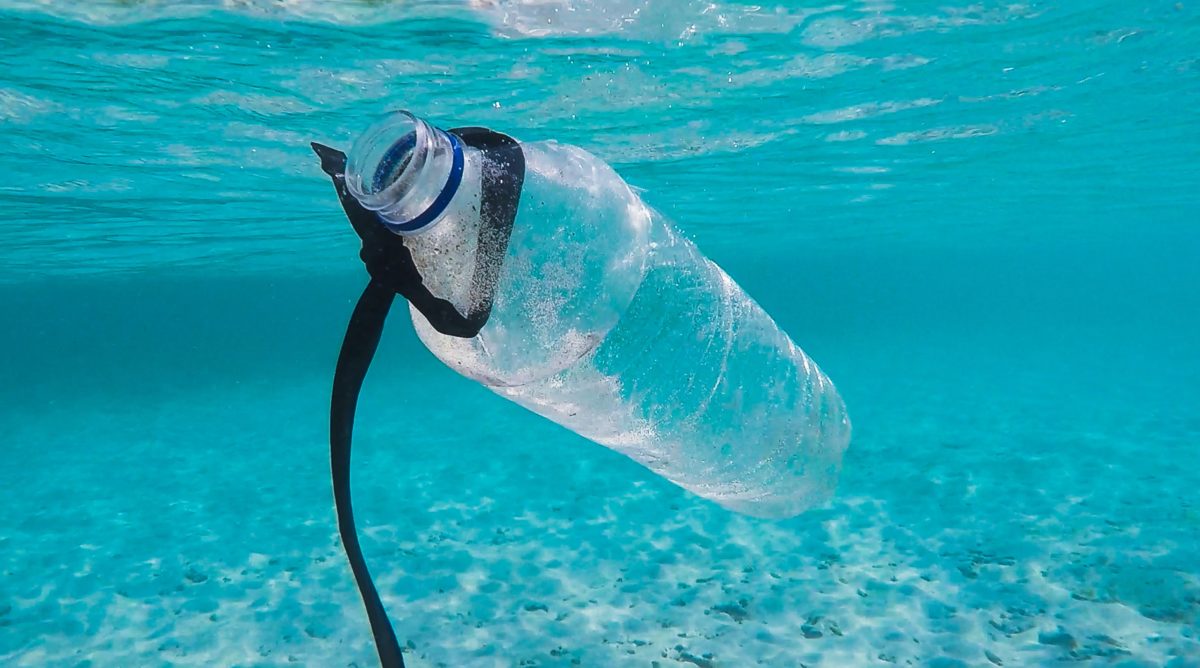How did we get from the post-war scarce food resources to dumping one-third of the production a year? The first world is wasted right now but is there a chance to make it better? Can we keep living a good life and still not lose so much?
Trashcan overload
According to United Nations estimates, about 1.3 billion tons, one-third of the total produced globally ends up in the trash. Do you know what’s even more shocking? That I am (and you are, too) responsible for more than 100 kilograms of food waste a year, while third-world citizens only throw away 6-11 kg.
Our carelessness is a result of both producing and buying more than necessary, as we mostly eliminated non-intentional waste during harvest, processing, and distribution. It doesn’t help that agricultural producers and retailers know we don’t like “ugly” veggies and expired dairy. Summer makes food go bad sooner and safety hysteria even worse – some of us already wonder if is it necessary though?
Awakening of groceries
Luckily, many organizations have already taken action. All along the food value chain, there are relevant initiatives that aim to tackle the problem of food waste and offer solutions for it.
Volunteers revive the tradition of gleaning, so collect produce that’s left on the site after harvest. They also collaborate with food banks for distribution.
Grocery stores are motivated by expensive waste management to support unsparing shopping. Supermarket chains like Rewe in Germany or Walmart in the US have long been donating to food banks.
Many stores collaborate with food-saving startups such as Olio from England, Instock from the Netherlands, Wasteless from Israel or Karma from Sweden for redistributing or merely cooking the leftovers. Others, like Tesco in the UK, is removing ‘best before’ labels claiming it makes its clients throw away still edible food.
Apps to the rescue
Nevertheless, the key to reducing waste even more is to change our behaviour. Luckily, hundreds of smart apps are available to support us in this mission. Here’s what you can do to reduce food waste:
- Plan your meals and go shopping with a list. Say no to bulk offers and aim lower with the quantities of fresh produce. Apps: AnyList, Out of Milk, Avocadolist
- Don’t buy food by the looks. “Ugly” veggies and fruits taste just as good. Apps: Hungry Harvest, Imperfect Produce
- When it comes to takeaway, see if there are discounted offers in your area. Many restaurants or bakeries offer their remaining stock for a lower price at the end of the day. Apps: TooGoodToGo, FoodOverFlow
- Share what you cook too much of – give for takeaway or host neighbourhood dinners. Apps: Shmeal, Chachi’s, EatWith
- Share what you have in excess – when you realize your pantry is full of stuff you’ll never use. Apps: NoWaste, Olio
Deep in our hearts, many of us know it’s not right to abuse the privilege of always having food on the table. Now let’s go for zero-waste shopping and cooking a meal to be shared!
Written by Anikó Jóri-Molnár




